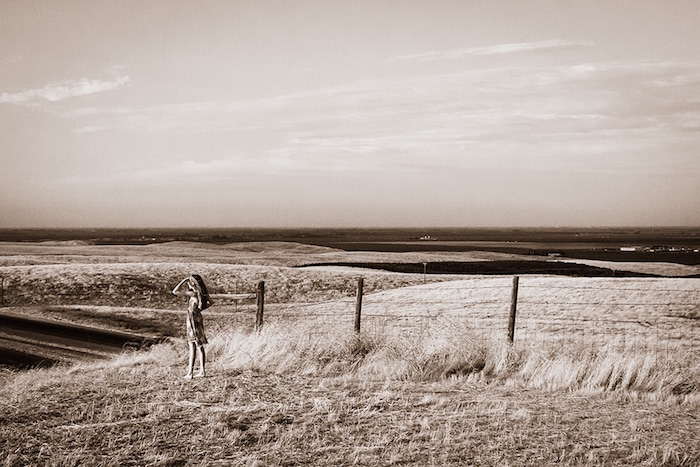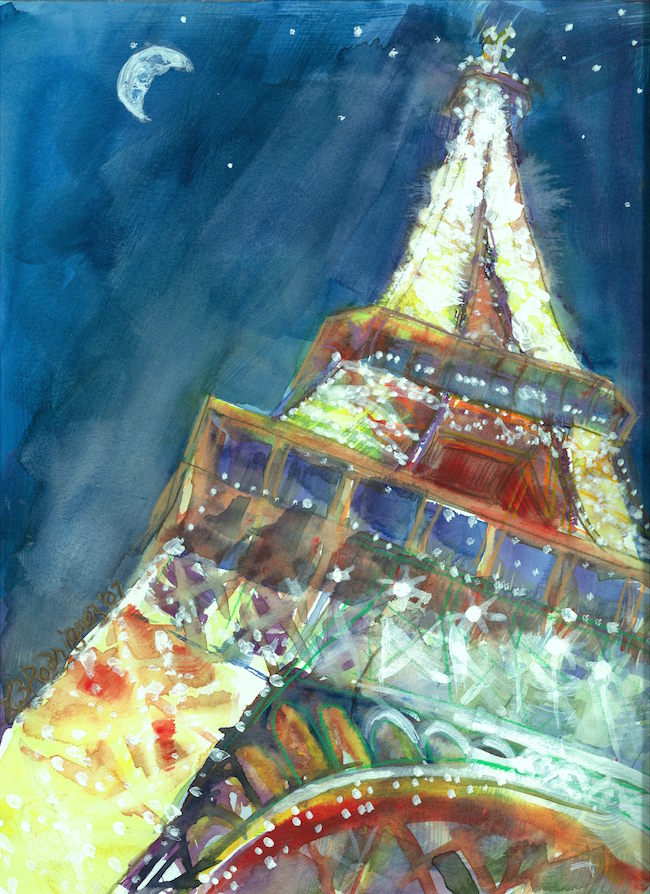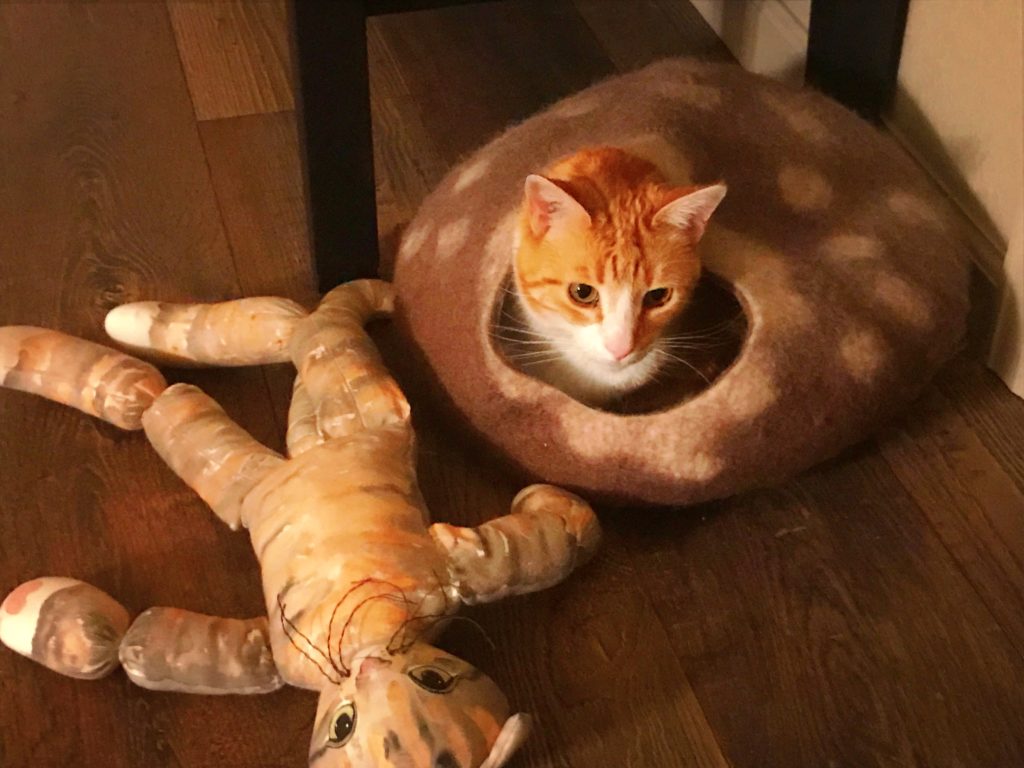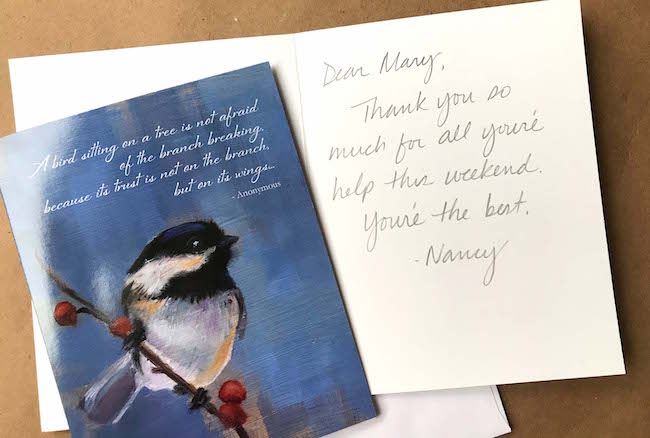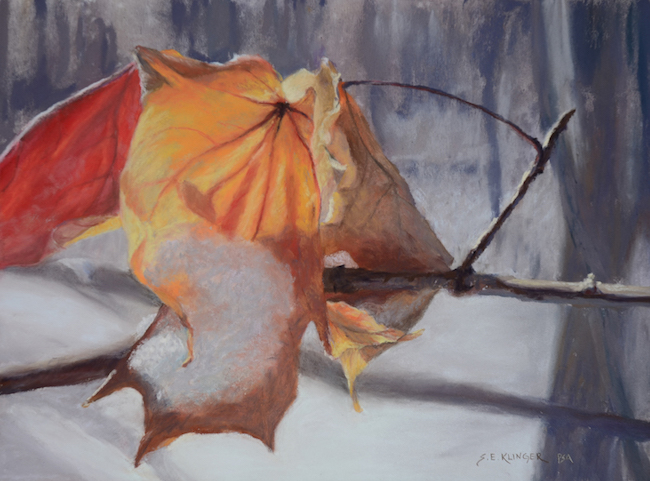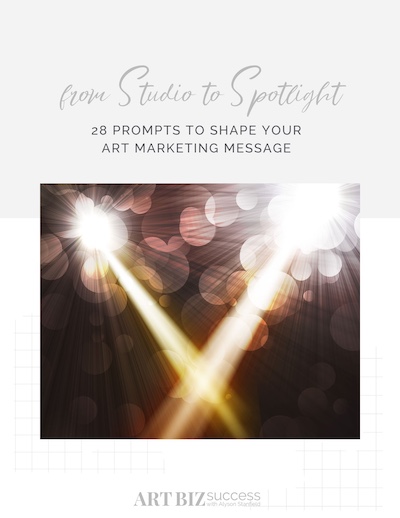A Framework for Accepting Art Commissions
Whether you accept commissions for portraits (houses, people, pets), funerary urns, custom jewelry, or garden sculpture, you encounter situations that other artists don’t.
Commissioned artists must meet with patrons, communicate throughout the process, figure out payment schedules, and create documents that outline terms to the clients. All of this on top of making the client happy.
Commissions aren’t for everyone, which means there is plenty of room for artists who enjoy and are good at them. If you are one of those artists, follow these 8 steps to land more of them.
8 Steps for Landing Art Commissions
1. Add a prominent link for commissions on your website.
Include steps for commissioning a piece and testimonials from happy patrons alongside images of the finished work.
2. Provide at least two ways to contact you.
See that your marketing materials, including your website, have both an email address and a phone number. According to Matt Oechsli, the affluent prefer phone to email.
At least one artist has lost an opportunity for a mural commission because she didn’t have a phone number on her site and her email was down. How do I know? Because I was the person looking for an artist to help a neighbor with her project.
3. Understand your pricing structure.
Commissioned artwork should be priced higher than your other work because you are trying to meet someone else’s expectations.
Some artists charge as much as
A Framework for Accepting Art Commissions Read



